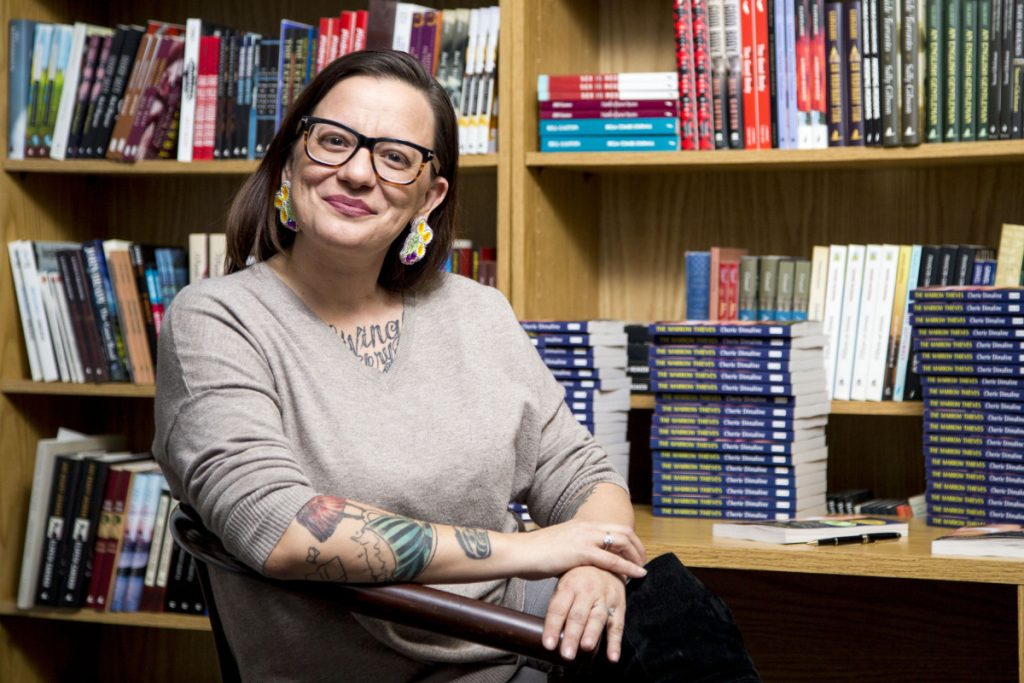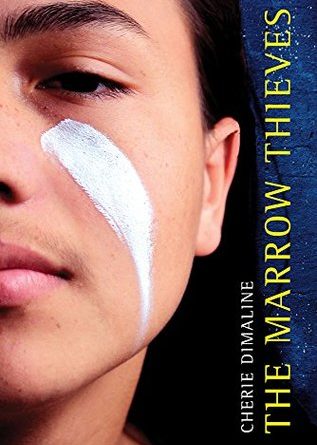The Marrow Thieves
A story about Indigenism and hardship.
“The Marrow Thieves” by Cherie Dimaline, published in 2017, is a rather interesting take on what the future could hold for mankind. Within “The Marrow Thieves,” there is a lot that social media shys away from, including the Missing and Murdered Indigenous Women movement.
This story takes place about twenty-five years in the future. After climate change ravaged the Earth, leaving most of it uninhabitable, many Native Americans were being hunted and brought to the new and improved residential schools. The story follows a third-person narrative that is mainly following close behind the main character, Frenchie.
This story covers a lot of Indigenous issues, Missing and Murdered Indigennous Women being a big one. For those unaware of the Missing and Murdered Indigneous Women movement, it is an Indigenous movement that was initiated to bring awareness to the escalating number of missing and murdered Indigenous women, children and two-spirit. Dimaline uses many of the characters to share the different stories many Missing and Murdered Indigneous Women cases have, especially when considering the inclusion of Riri’s and Issac’s stories.
Riri was the youngest of the group, born shortly after the change of the world. When the group let their guard down after meeting some fellow Indigenous people on the run, Riri was attacked in the night and both she and her assailant fell to their deaths. Riri’s story, while difficult to stomach, was an important part of Dimaline bringing the truth of Missing and Murdered Indigenous Women cases across the U.S. and Canada to light.
Another of Dimaline’s characters that this story really uses to highlight this issue is Wab. Wab comes into the story a bit late and we are purposely not given her back story until the middle of the book. Her story is a great example of Missing and Murdered Indigenous Women, but it is different from most stories we hear because she is telling her own story instead of someone else.
Starting from when she was very young, Wab’s mother had many men coming in and out of the home. After things began to change for Indigenous people and where they lived, Wab decided to make it out on her own. She became known as “the runner,” running from one side of town to the other delivering messages and anything else you could think of. After word gets out about her business, a group of men wanting to take the idea for themselves, ambush her. She experiences some very traumatic events that eventually lead to ending her running days. After this she finds herself with the group, she keeps them at a distance for a long time.
In recent years, the Missing and Murdered Indigenous Women movement has broadened to include both children and two-spirit people. Dimaline uses the love story between Miggwan and Issac, who are both two-spirit elders separated in the beginning. They are reunited at the end of the story when Miggwans group ran into Issac’s group that they had learned escaped from one of the surrounding residential schools. Isaac’s story is like many others, he just disappeared.
After Miggwans and Issac took shelter in an abandoned home in the woods, a group of recruiters finds them and they are forced to run. Issac ends up being taken by the recruiters and Miggwan thought he’d never see him again. Their story is very special as it is one of the rare inclusion of LGBTQ+ and Two-spirit people in Native American literature.
Overall, Dimaline’s use of character development and backstory to bring awareness to Missing and Murdered Indigenous Women and the issues Indigenous people are facing today and have faced in the past was not only inclusive and informative, but exquisitely done and emotional. This dystopian novel about Indigenous lives and hardships is definitely worth the read.




